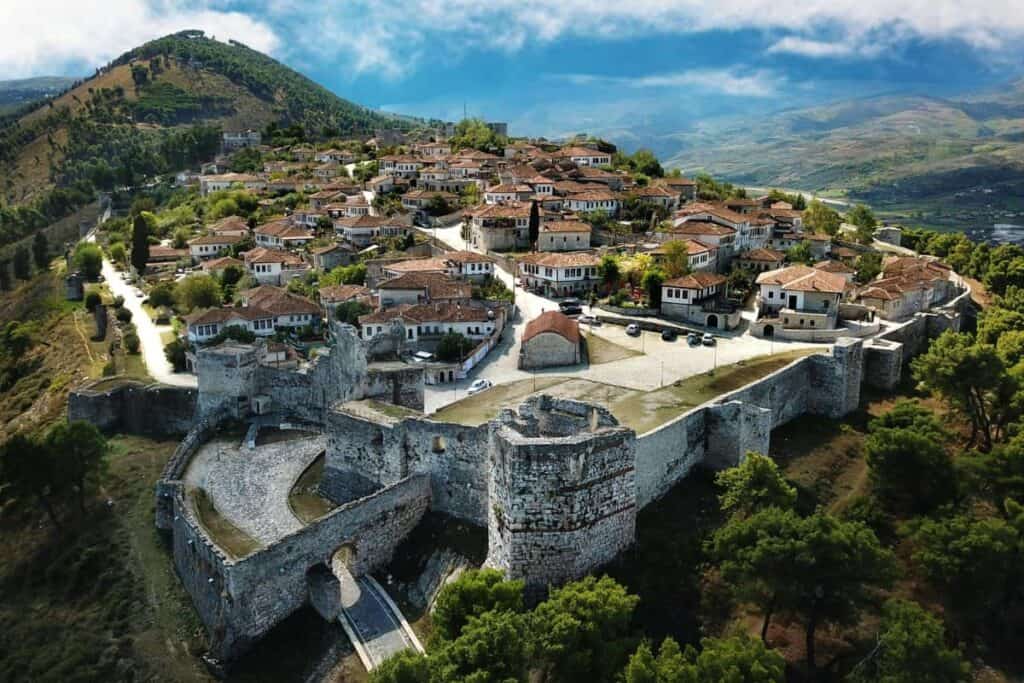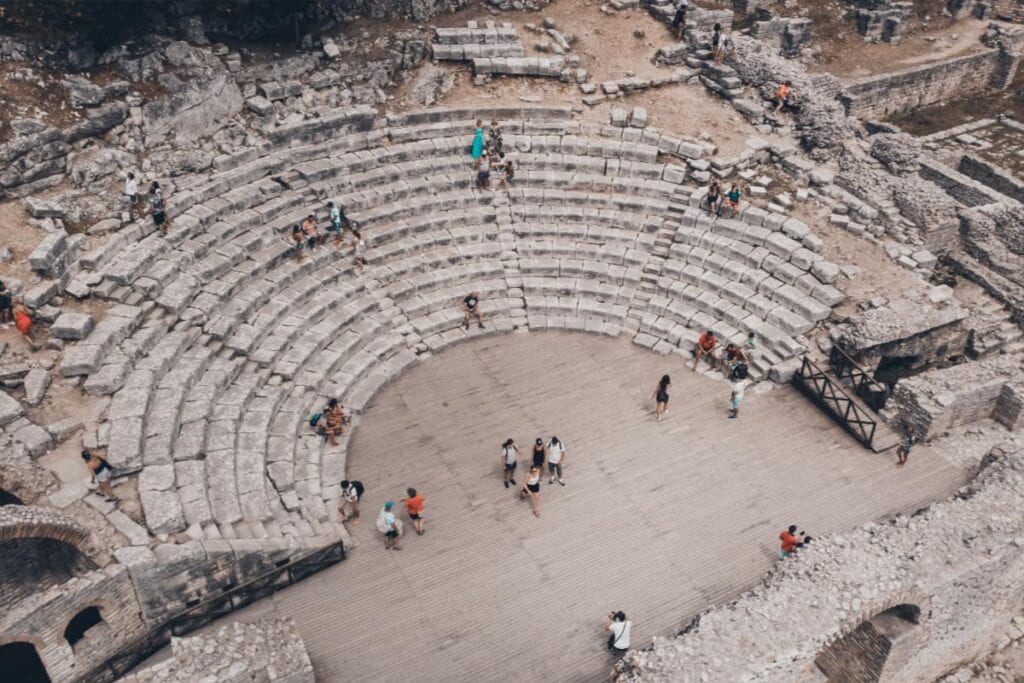The Iconic Albanian Flag: More Than Just Colors
Albania’s red and black flag is one of the most recognizable national symbols in the world. Its striking design—a double-headed eagle set against a bold red background—embodies the resilience, unity, and independence of the Albanian people. The flag is not only a marker of identity but also a testament to Albania’s rich history and the sacrifices made for its sovereignty.
The Origins of the Flag
The double-headed eagle design has ancient roots, dating back to the Byzantine Empire. Gjergj Kastrioti Skanderbeg, Albania’s national hero, adopted this emblem during his resistance against the Ottoman Empire in the 15th century. The red background symbolizes bravery and sacrifice, while the eagle represents freedom and vigilance.
The flag was officially raised as Albania’s national emblem on November 28, 1912, when Ismail Qemali declared Albania’s independence in Vlora. This day remains etched in history as a turning point for the nation.
The Flag’s Meaning in Modern Times
Today, the red and black flag continues to inspire Albanians worldwide. It is a reminder of their shared heritage and a symbol of unity in diversity. Whether displayed at Independence Day celebrations, international sports events, or cultural festivals, the flag serves as a proud declaration of identity.
Where the Flag is Celebrated
Skanderbeg Square, Tirana:
The heart of Albania’s capital becomes a sea of red and black during national celebrations, with the flag flying high from every corner.
Vlora, the Birthplace of Independence:
In Vlora, where the flag was first raised in 1912, the day is marked with special ceremonies, parades, and tributes.
Diaspora Communities:
Albanians abroad, from New York to Melbourne, proudly display the flag during celebrations, ensuring their connection to their homeland remains strong.
Traditions and Customs Around the Flag
Raising the Flag:
On national holidays, families gather to raise the flag together, often accompanied by traditional songs and dances.
Clothing and Accessories:
Many Albanians wear outfits inspired by the flag, including scarves, shirts, and jewelry, blending modern fashion with cultural pride.
Art and Creativity:
The flag often serves as a muse for Albanian artists, appearing in paintings, murals, and even culinary creations during celebrations.
Photos Capturing the Spirit of the Flag
Today, I’ve taken photos that show the red and black flag in its full glory:
- Skanderbeg Square: A vibrant crowd waving the flag during Independence Day celebrations.
- Traditional Performances: Groups dancing the valle with the flag proudly displayed in the background.
- Families in Villages: Raising the flag together, highlighting the unity of rural communities.
- Fireworks and Flags: A breathtaking view of the flag illuminated by fireworks over Tirana.
- Diaspora Gatherings: Albanians abroad showcase their pride by raising the flag in iconic locations.
Why the Flag Endures
The Albanian flag is more than a national symbol—it is a testament to the resilience and determination of its people. Whether flying high in Tirana or held close in the hands of the diaspora, the red and black flag continues to unite Albanians across borders and generations.


